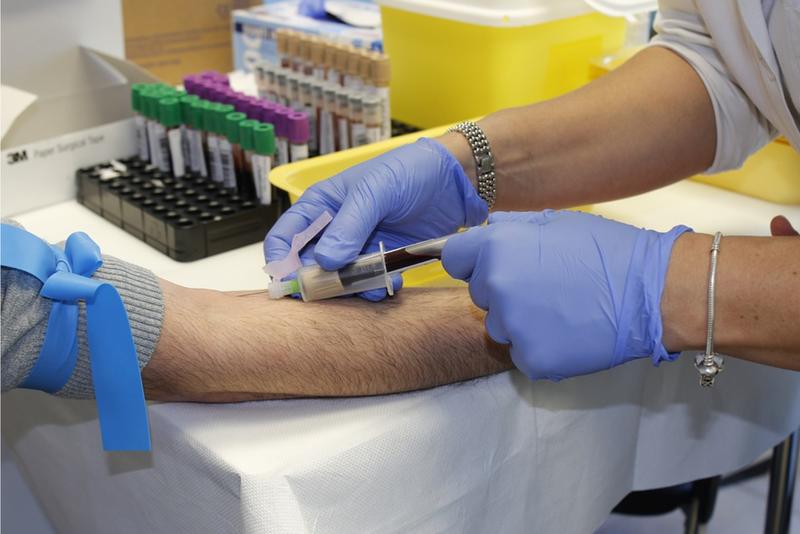What Does It Mean When You Have a Low White Blood Cell Count?

Too few white blood cells can be caused by a viral infection, a bone marrow disorder, a spleen disorder, HIV/AIDs, cancer, an autoimmune disorder, a severe infection, certain medications, chemotherapy, aplastic anemia, malnutrition, radiation therapy, rheumatoid arthritis and tuberculosis. A low white blood cell count is sometimes called leukopenia.
What Are White Blood Cells?
Produced within the bone marrow, white blood cells help make up the body’s immune system and fight off infection and other diseases. The average person produces around 100 billion white blood cells daily, according to the Cleveland Clinic, but that number may be higher or lower due to certain diseases, disorders and medical treatments.
The Five Types of White Blood Cells
The five types of white blood cells are: eosinophils, monocytes, neutrophils, lymphocytes and basophils. Each one plays a role in identifying and fighting foreign substances that enter the bloodstream, such as bacteria and cancer cells.
What Is a Normal White Blood Cell Count?
The average person has between 4,000 and 11,000 white blood cells per microliter of blood, according to WebMD. A person who has less than 4,500 is considered to have a low white blood cell count. Numbers over 11,000 indicate a high white blood cell count.
How Is a White Blood Cell Count Tested?
A person may have a low white blood cell count and not know it until a doctor tests their blood. Depending on your other symptoms, the doctor may order a complete blood count or CBC. The results will not only provide information about white blood cells, but also red blood cells, hemoglobin, hematocrit and platelets. To perform the test, a nurse or doctor will simply withdraw blood with a syringe and send it to a lab for testing.
Treatment for Low White Blood Cell Count
Treating a low white blood cell count usually starts with treating the underlying condition that’s causing it. For example, if an infection is causing it, your doctor will prescribe medication to fight the infection. If chemotherapy is causing it, your doctor may temporarily pause the treatment until your count is higher. Your doctor may also suggest you see a hematologist for further treatment.
How Can You Avoid a Low White Blood Cell Count?
While you can’t completely control a dip in your white blood cell count, you can take steps to stay healthy and prevent infection, one of the major causes of white blood cell fluctuation. Practice good hygiene, wash your hands before eating and cooking and take precautions when you’re around sick people, such as wearing a mask and gloves. Practice safe sex, and only eat food that’s in date, clean and fully cooked.
What Causes a High White Blood Cell Count?
Some people may also experience a high white blood cell count. Infections are the number one cause of a high white blood cell count, but bone marrow disorders, immune system disorders and certain drugs may also cause it. Leukemia, allergic reactions, smoking, rheumatoid arthritis, severe stress, tuberculosis and whooping cough are some other causes.





